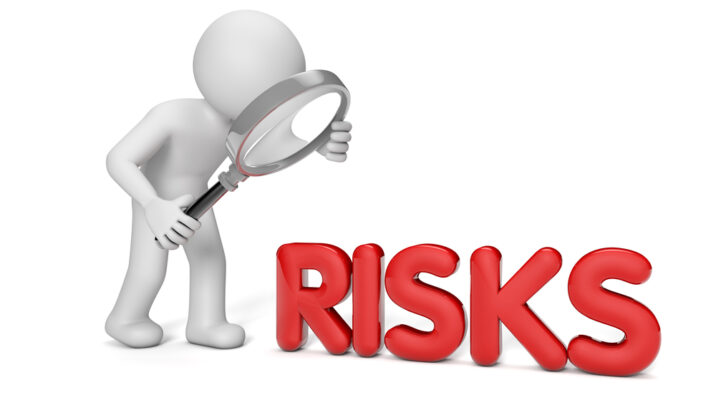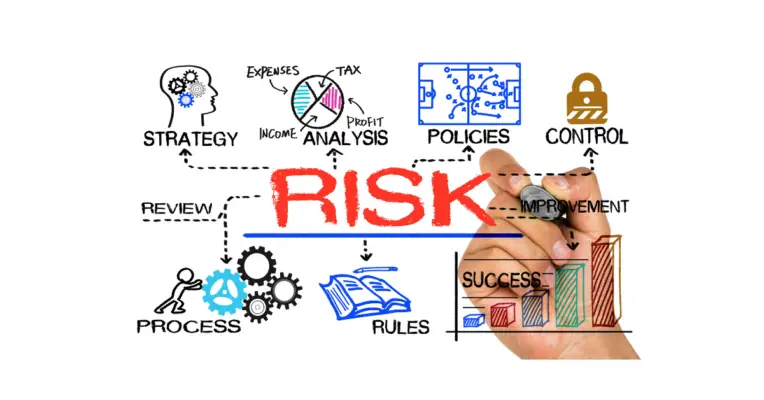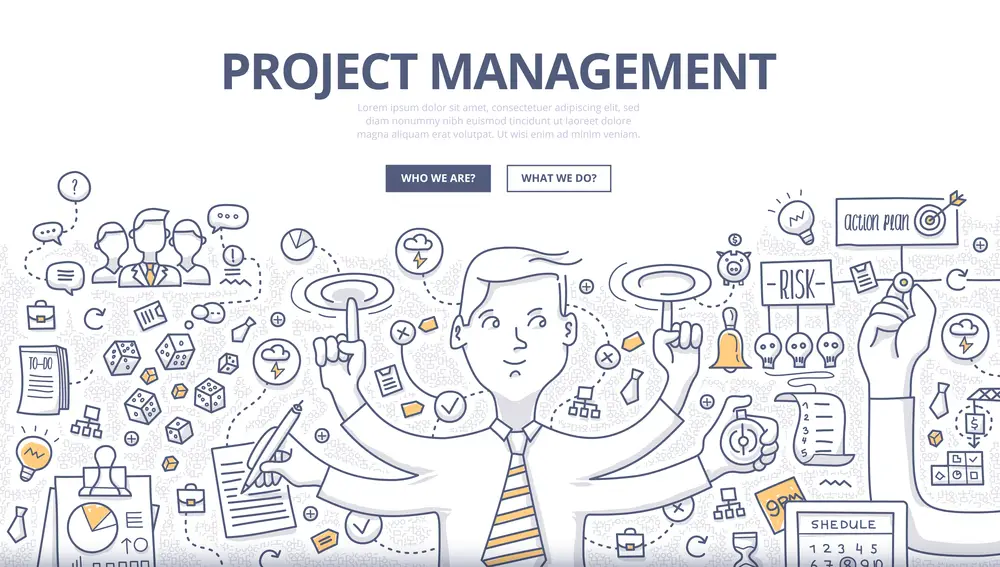In managing a project,organization is key to ensuring its success. Project management tools can simplify this process, allowing team members to stay on top of important deadlines, assignments, and updates. The tools offer effective project management. An Online project management tool ensures a successful project.
These tools also facilitate clear communication between team members and external stakeholders, reducing confusion and streamlining the decision-making process. In addition, project management tools often offer useful features like automatic reminders and progress tracking, saving valuable time and energy. They manage projects up to the project completion stage.
Utilizing project management tools can greatly benefit any team by improving efficiency and productivity. So if you want to increase the likelihood of success for your next project, consider investing in a project management tool.
Managing projects effectively is more important than ever in today’s business world, and using project management software is an ongoing process. Organizations are under constant pressure to do more with less, so project managers must find ways to optimize resources and get the most out of their teams.Thus, the importance of risk management in projects can never be overemphasized.
Fortunately, a wide variety of project management tools available can help streamline processes and make it easier to get things done in formal management. This blog post will look at some of the benefits of using project management tools and some of the tools that enable process automation.

Benefits of using Project Management Tools
Efficient Task Management
One of the most important aspects of project management is efficient task management. After all, how can you expect to get anything done if you can’t track what needs to be done? Project management tools can help by providing a central repository for all tasks related to a given project, including the project budget.
This allows project managers to delegate tasks to team members to see what needs to be done and when it needs to be done, which can help keep everyone on track. It has all the features, including time tracking features. Individual tasks for team members
Project management tools can also boost productivity by giving project members the necessary resources to complete their tasks and manages projects. Human resources can use this for resource allocation. This underlies the importance of risk management in projects.
For example, if someone is working on a task requiring data from another team member, they can use the project board to request that data instead of tracking down the team member themselves.Project manager has a role to play in risk management and assisted by project team members.
This saves time and allows employees to stay focused on their own tasks instead of getting sidetracked even for multiple projects. The project tools will provide best approaches and tools for risk identification in the project licycle.
Better Communication
Another benefit of using project management tools is that they can help improve communication between team members, thus enabling successful projects. When everyone is using the same tool, it’s easier to share information and stay up-to-date on what’s going on. This is particularly important for remote teams, who may not have the opportunity to meet in person regularly.
One of the key components of any successful business is strong communication. Without effective communication, it’s impossible to complete even the simplest tasks. A project management tool can help streamline communication by creating a single platform where everyone involved in the project can communicate with each other.
Improved Collaboration
In addition to improved communication, project management tools can also lead to improved collaboration between team members. By giving everyone a shared space to work on projects, tools like Asana or Trello make it easy for people to collaborate on tasks and ensure everyone is on the same page. This can save a lot of time and frustration down the road.
Project management tools offer a wide range of benefits for both individuals and organizations. If you’re looking for ways to get more organized and improve communication and collaboration within your team, consider investing in a tool like Asana or Trello. You’ll be glad you did!
Another benefit of using a project management tool is that it can help improve the organization. With so many moving parts, it’s easy for things to slip through the cracks. But with a project management tool, you can keep all your tasks and deadlines organized in one place, so nothing falls through the cracks.
Keep Your Projects On Track
Finally, a project management tool can help keep your projects on track by allowing you to quickly and easily identify roadblocks and potential issues. By keeping track of all the moving parts in one place, you can quickly spot issues and address them before they cause problems for your project as a whole. 
Components of Project Management
A team member selected to work on the project typically reflects their unique range of skills and experience. In this respect, achieving successful projects takes teamwork and collaboration seriously in line with project requirements.
Why is formal project management used?
Role of Project manager in risk management will be towards achieving project success. Project managers work towards producing deliverables aimed at positive change within an organization. It also requires strategic planning: identifying the strategic value of the project, estimating the needed resources, and developing the requisite timeframe for completion.
Types requiring formative planning include those producing new products or updating existing products. These projects are typically complex in nature; therefore, change management and risk management must be incorporated into their operations. Importance of risk management in projects cannot be ignored.
Investing in good project management
Project management is essential because companies struggle to meet deadlines and operate on a budget without a culture devoted to it. The plan and execution of complicated projects would be chaotic, and there would not be a symmetrical quality deliverable. Investing in project management can help a project manager increase his or her ability to achieve his or her goals effectively.
Tools for Better Project Management
Good project management is essential for any business. Poorly managed projects can cost a company time and money. In some cases, they can even lead to legal problems. But with the right tools, project management can be much easier. Here are five tools that every project manager should have in their toolkit.
1. Trello
Trello is a visual way to manage projects. It uses “boards” and “cards” to help you organize your thoughts and track project progress. Trello is great for team collaboration, as multiple users can access the same boards and cards in real time.
Trello offers integrated project management and collaboration capabilities. It’s lightweight, easy, and straightforward. It uses a board, a list, and a card to create tasks. Users may collaborate on card sharing, share files, and comment. It helps to assign project activities and is used by the project manager in assigning tasks. Examples includes how to deal with software project risk management guidelines.
It lacks reports or tracking tools such as the Kissflow Project. It’s perfect for individuals or small groups managing very small projects simultaneously. Prices: Basic plan can be used for FREE. There are also paid plans, including automated integrations, prioritized support, etc.
2. Asana
Asana is a flexible SaaS project management tool that is centered around collaboration. It exists in a workflow that automates repetitive activities as key features. The program is easy to understand, provides different tasks, and supports custom fields and form customizations.
There’s a way to invite unlimited people. It is also possible to create specific approval workflows or rules. Asana provides many opportunities for productive and collaborative work, but some core project management functionality is handled with integrations which may not work best for everyone. Ideally, this is ideal for any business, but not ideal for freelancing.
3. Hootsuite
Hootsuite is a social media management platform that allows users to schedule posts, track analytics, and monitor conversations across all of their social media channels in one place. It captures project needs. This is a valuable tool for project managers who need to monitor social media activity for their projects and enterprise plan.
4. Slack
Slack is a messaging app for teams that offers real-time communication, file sharing, and integration with Basecamp, Trello, and Asana tools. Slack is great for team collaboration as it allows all team members to participate in real-time conversations and assign tasks.
5.Kanban Tool
Kanban Tools are excellent for the agile development of projects. It lets people visualize their workflow and provides seamless time-tracking capabilities. It provides a simple workflow for completing tasks, tracking tasks and reports, and team management.
Featured services include report sharing, documentation sharing, native mobile apps, and more, making it ideal for small to medium-sized companies. Kanban provides enterprises with the option to host software onsite. Pricing: The app does not target freelancers, but the free plan supports two users. The paid plan starts at $5 per user and supports unlimited boards.
6.Airtable
Airtable has a good combination of spreadsheet data and database software tools. This program is easily customizable and is suitable for businesses of every size. The software lacks robust report functionality, which may cause problems for certain users.
This data is retrieved by storing tasks and projects in the database. Airtable’s spreadsheets are ideal for data management. The view is based on the app’s Kanban lists, grids, and Calendars. Pricing: Airtable has free plans supporting key functions, including rich fields, multiple viewing options, and Collaboration.
7.Monday.com
Monday.com is a web-based software platform designed to implement projects in a single application using a visual user interface. The flexibility allows you to organize your work efficiently.
You will find project templates to help with your design. It provides many display options, such as map view and calendar view. Customers often find that they do not have regular tasks. Mobile apps can sometimes be confusing.
It offers a wide variety of security options and is easy to customize. Pricing: The pricing systems are extremely complex. The internet of things project risk management addresses the management of risks in such system.
8.Clarizen
Clarizen is the most-rated project management tool in the industry. The system is a web-based project management system. Therefore, some teams may lack mobile apps, which could reduce useful functionality.
Users love the robust report feature and the ability to monitor resource usage, but it doesn’t have any task lists or time-tracking functionality. The development period is surprisingly long as there are different ways of managing workflow processes. Clarizen provides the best software solutions for project business and IT management.
9.Zenkit
Zenkit is a widely recognized project management tool that helps you keep track and collaborate on research, brainstorming, or zoho projects. This is a special approach for teams that like agile approaches in their job tasks.
The program supports traditional approaches to project management. Zenkit is a powerful tool that provides several view-based reports and resource management functions and thus is always available to people who seek flexible solutions for their needs. Pricing: Zenkit offers an unlimited plan with personal details free of charge.
10.Wrike
Wrike has been developed for project planning and helps teams track their efforts and meet deadlines easily and effectively. It also features many other functions such as task management, Gantt charts, news feeds in real-time, and much more. You can prioritize work to push crucial work into motion and meet deadlines.
A number of integration options can be found that make it a highly useful software suite for managing projects effectively. It’s a bit overwhelming for many new users, and the confusing interface doesn’t really help.
11.TeamGantt
TeamGantst provides a fresh and flexible scheduling tool for your PM project management system. You have the ability to manage a project using the simple Gantt software. How do I invite friends or family members to view the GANTT charts? The standard package starts at $790 per user monthly (billed annually).
Project Management Approaches
The project management approach has several benefits for an organization.
Traditional project management
One method is the Project management body of knowledge (PMBOK), based on common project management competencies. ) PMBOK defines the terminology used to define project management. The best steps of an effective operational risk management will add value in traditional project management.
The evidence is continually updated and is based on work supervised by PMI. The PMBOK Guide has several different aspects relating to project management, although it overlaps with general management in regard to planning, organization, personnel, execution, and managing operations of the organization.
Agile project management
The second technique is Agile Project Administration. These approaches work well in complex, fast-paced environments because they allow the team to respond to changes in needs. Agile project management involves the iterative planning of guiding projects.
Agile projects are done based on iteration. In Agile software development, iteration is defined by one continuous development process consisting of review or critique. Usually, the project team consists of representatives of the parties involved. The insight obtained in critique helps determine how a project can move forward and prepare a business plan.
Hybrid project management
It blends elements from Agile and traditional project management. It provides agile team members enabling iterative work with greater autonomy than a conventional management system. Dependencies Risk assessment and management plan Change control plan At the end of the project plan, depending on your team’s needs, you may choose to include a charter agreement
In establishing a schedule for high-quality project work with a clear beginning or finish times, high-quality planning is achievable by stakeholders or managers who prefer milestone-focused activities. Work is completed in the Agile method, but progress is reported to stakeholders via Gantt charts or other traditionally used methodologies. Gantt chart is one of tools for risk identifcation.
Conclusion
Project management tools can help you stay organized and on track. Using a project management tool can increase your productivity, improve communication among team members, and make better use of resources. With so many benefits, it’s no wonder that more and more businesses are using project management tools to get the job done. This provides the benefit of enterprise risk management technology to management of risks.
No doubt, getting your project management ducks in a row has its benefits. With the right tools in place, you can better communicate with your team, keep everyone on track, and avoid missing deadlines. If you’re looking to get more organized and streamline your projects, give some of these tools a try.

Chris Ekai is a Risk Management expert with over 10 years of experience in the field. He has a Master’s(MSc) degree in Risk Management from University of Portsmouth and is a CPA and Finance professional. He currently works as a Content Manager at Risk Publishing, writing about Enterprise Risk Management, Business Continuity Management and Project Management.

